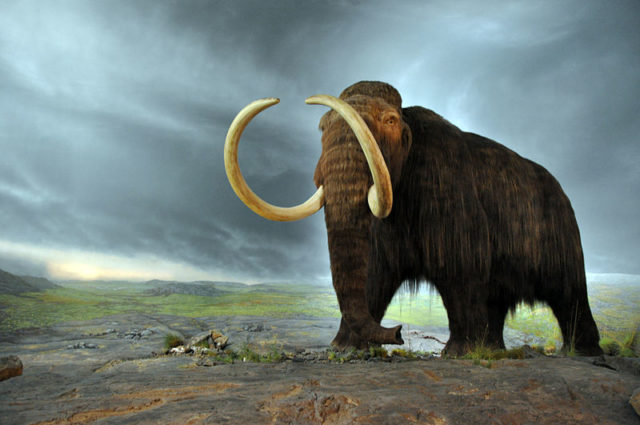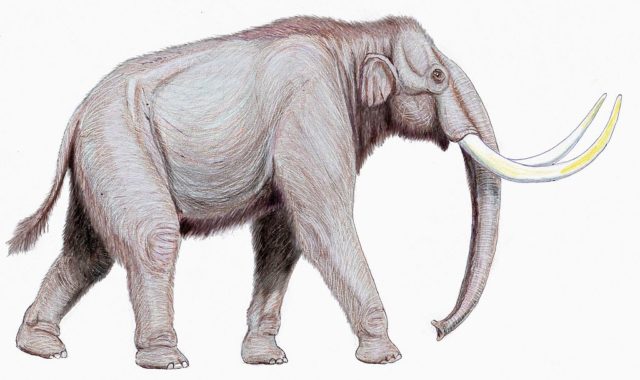A team from an Austrian museum has discovered two giant tusks and other remains of what specialists say are the remnants of an uncommon mammoth breed after construction crews stumbled upon them while working on an Austrian freeway. The discovery was made in mid-August, and it was reported by the Austrian media on Monday. The officials of Vienna’s Museum of Natural History stated the tusks are around 8 feet long (2 ½ meters), and evidently came from a mammoth that existed more than a million years ago. It was a relative of the more recognized wooly mammoth, which was hunted by Neanderthals. Also discovered at the site 30 miles north of Vienna were fragments of the animal’s vertebrae. Museum specialist Oleg Mandic described the finding as “pretty sensational”.
The wooly mammoth was a gargantuan mammal that once roamed the large frozen, northern landscape. Thought to be closely related to the modern elephant, the wooly mammoth stayed in the wild up until about 1700 BC, when they were driven to extinction by humans.
The wooly mammoth was discovered wandering the bitter Arctic, where they would frequently gather in vast herds for both protection and warmth. There were two distinct subspecies of the wooly mammoth. One mammoth group remained in the middle of the high Arctic, while another group migrated further south.

The mammoth was an enormous animal, and adults would often reach heights of four meters or more. The species found in Austria was slightly smaller on average, and may only be half the size of the largest specimens.
Like elephants today, the mammoth had tremendous tusks which would have been used for both collecting food and digging, and for intimidating and fighting off rivals and predators. The animal’s tusks were often dramatically curved, and could be up to 16 ft. (5 meters) long.

Similar to the Asian and African elephants found today, the wooly mammoth was a herbivore – it survived on a plant based diet. Mammoths would have consumed vegetation much like elephants today, searching the forest for berries, twigs, nuts, fruits, and leaves. Mammoths were amazing creatures – it’s a shame that we never got a chance to see them.
